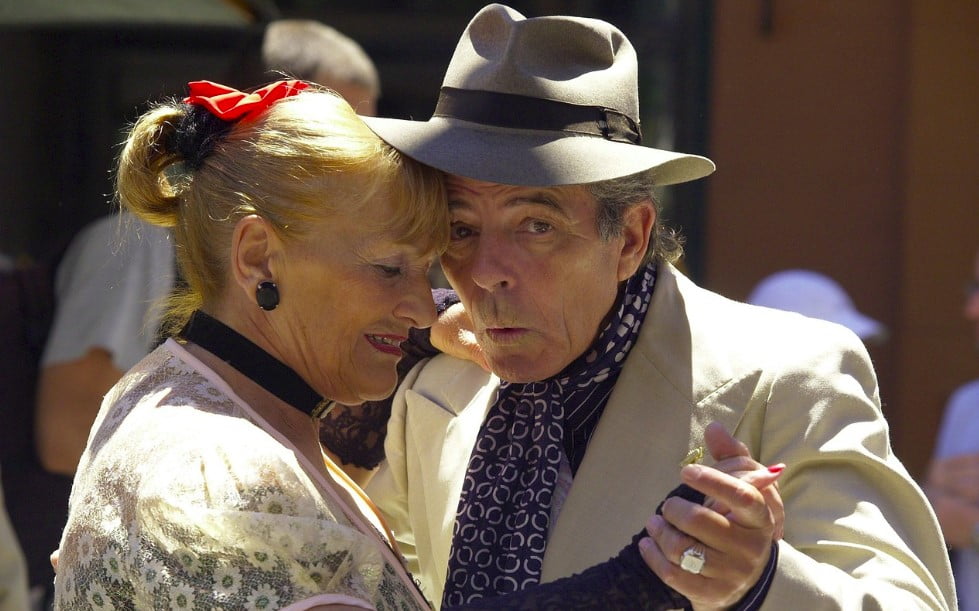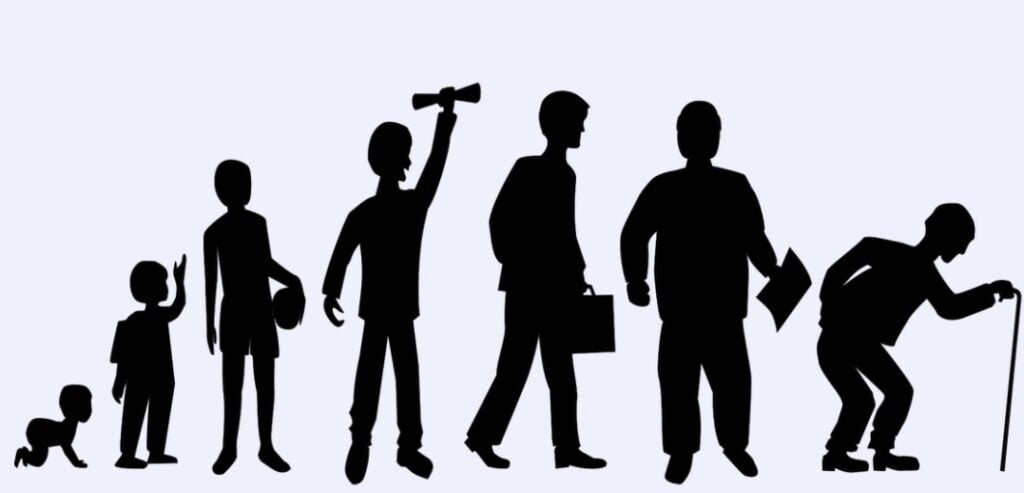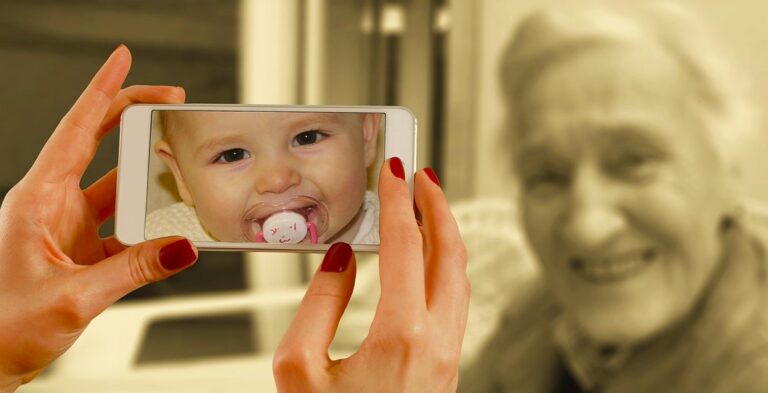Share with friends:
The concept of reverse aging has been a subject of intrigue for long. It is an idea that has fueled countless studies, experiments, and speculations. It promises numerous possibilities, remedies, treatments, and the restoration of long-lasting youthfulness.
Nonetheless, can science and humanity truly uncover the secrets of eternal youth?
In this article, we explore the current state of scientific knowledge in relation to aging, and examine the possibilities that lie on the horizon.
What is Aging Anyway?

Aging, in the context of living organisms, refers to the natural process of becoming older over time. It is a complex biological phenomenon that occurs at the cellular, tissue, and organismal levels.
Aging is characterized by physiological changes that lead to a decrease in the functional capacity of the body. This is in addition to increased vulnerability to various diseases and health issues.
Several factors contribute to the aging process. They include genetic, environmental, and lifestyle factors. Some common age-related changes and features of aging include:
Cellular Aging: Over time, cells in the body can accumulate damage, leading to a decline in their function. This cellular damage can result from factors such as oxidative stress, DNA mutations, and inflammation.
Tissue and Organ Changes: Aging can lead to changes in the structure and function of tissues and organs. For example, skin may become thinner and less elastic, bones may lose density, and the cardiovascular system may become less efficient.
Cognitive Aging: Many individuals experience changes in cognitive function as they age, including slower information processing, memory decline, and decreased cognitive flexibility.
Immune System Decline: The immune system tends to weaken with age, making individuals more susceptible to infections and diseases.
Hormonal Changes: Hormone production and regulation often change with age, leading to symptoms such as menopause in women and reduced testosterone levels in men.
Accumulation of Age-Related Diseases: Aging is a significant risk factor for various age-related diseases, including heart disease, cancer, neurodegenerative diseases (e.g., Alzheimer’s disease), and osteoarthritis.
Overall Decrease in Physical Performance: Aging can result in reduced strength, flexibility, and endurance, making physical activities more challenging.
… The Role of Lifestyle
While genetics play a part in the aging process, lifestyle choices have a profound impact on how we age. Here are some key factors:
Diet:
Nutrition is a critical aspect of aging. A balanced and nutritious diet provides the body with essential vitamins, minerals, and antioxidants that help protect against age-related diseases and promote overall health. Consuming a diet rich in fruits, vegetables, whole grains, lean proteins, and healthy fats can contribute to healthy aging.
Physical Activity:
Regular exercise is crucial for maintaining muscle strength, joint flexibility, and cardiovascular health. It also helps to manage weight and reduce the risk of chronic diseases like diabetes, heart disease, and osteoporosis. Staying physically active can promote longevity and improve the quality of life in older adults.
Stress Management:
Chronic stress can accelerate the aging process. High stress levels are associated with various health issues, including increased inflammation, weakened immune function, and cognitive decline. Practicing stress management techniques such as meditation, yoga, or mindfulness can help mitigate these effects.
Sleep:
Quality sleep is essential for the body’s repair and regeneration processes. Poor sleep can lead to cognitive decline, mood disturbances, and an increased risk of chronic diseases. Maintaining a consistent sleep schedule and creating a sleep-conducive environment can contribute to healthy aging.
Social Connections:
Maintaining social connections and a strong support network is crucial for mental and emotional well-being as we age. Loneliness and social isolation can have negative effects on cognitive function and overall health. Engaging in social activities, volunteering, and staying connected with friends and family can promote healthy aging.
Smoking and Alcohol Consumption:
Smoking and excessive alcohol consumption are well-known accelerators of the aging process. They can lead to premature aging of the skin, increase the risk of chronic diseases, and reduce overall life expectancy. Avoiding or quitting these habits can have a significant positive impact on aging.
Sun Protection:
Overexposure to the sun’s harmful ultraviolet (UV) rays can lead to premature skin aging, including wrinkles, age spots, and an increased risk of skin cancer. Protecting your skin from UV rays with sunscreen, protective clothing, and seeking shade can help maintain a youthful appearance.
Mental Stimulation:
Keeping the brain active and engaged is essential for cognitive health in later life. Activities like reading, puzzles, learning new skills, and pursuing hobbies can help maintain mental acuity and prevent age-related cognitive decline.
Regular Health Checkups:
Regular medical checkups and screenings can detect and address health issues early, allowing for more effective treatment and prevention of age-related diseases.
Now, What is Reverse Aging?

Reverse aging is a term used to describe the concept of slowing down, halting, or even reversing the physical and physiological effects of aging, with the goal of making an individual look and feel younger and healthier.
This concept encompasses various strategies, treatments, and interventions aimed at rejuvenating the body, improving overall health, and potentially extending the human lifespan. While the idea of fully reversing the aging process remains a subject of scientific research and debate, it typically involves measures that counteract age-related declines in health, vitality, and appearance.
Some approaches associated with reverse aging may include lifestyle changes, dietary modifications, exercise, medical treatments, and anti-aging therapies, although their efficacy and limitations are still topics of ongoing study and exploration.
The Science Behind Reverse Aging
Reverse aging isn’t just science fiction; there’s genuine scientific research on this topic. While the idea of fully reversing aging remains a complex and ongoing field of research, there are several scientific approaches and principles behind it.
Scientists are exploring various approaches to slow down the aging process and potentially reverse it. From telomere extension to stem cell therapy, groundbreaking research is shedding light on the possibilities:
Cellular Senescence:
One key area of study is cellular senescence, which involves understanding how cells age and how to rejuvenate or replace them. Scientists are investigating ways to remove or rejuvenate senescent cells, which accumulate with age and contribute to various age-related diseases.
Telomere Length:
Telomeres are protective caps on the ends of chromosomes, and they naturally shorten as cells divide. Shortened telomeres are associated with cellular aging. Research is ongoing to explore strategies to extend telomeres, potentially slowing the aging process.
Stem Cells and Regeneration:
Stem cells have the unique ability to develop into various cell types. Researchers are exploring ways to harness the regenerative potential of stem cells to repair and replace damaged or aging tissues and organs.
Genetic and Epigenetic Approaches:
Understanding the genetics and epigenetics of aging is crucial. Scientists are studying genetic factors that influence aging and are exploring how epigenetic modifications can be used to rejuvenate cells and tissues.
Diet and Caloric Restriction:
Research suggests that caloric restriction and certain dietary approaches (such as intermittent fasting) can influence the aging process and promote longevity. These dietary interventions can impact metabolic pathways and cellular health.
Anti-Aging Compounds:
Various compounds and drugs, such as resveratrol, rapamycin, and metformin, have shown promise in extending lifespan or delaying age-related diseases in animal studies. Clinical trials are being conducted to assess their effectiveness in humans.
Senolytics:
Senolytics are drugs that can selectively eliminate senescent cells. They are a potential approach to delaying or reversing age-related diseases and conditions by removing the cells responsible for tissue damage.
Regenerative Medicine:
Techniques like tissue engineering and organ transplantation are being explored to replace or repair damaged or aging organs and tissues.
Biotechnology and Nanotechnology:
Advancements in biotechnology and nanotechnology enable researchers to develop innovative approaches to diagnose and treat age-related conditions at the molecular and cellular levels.
Can We Really Turn Back the Clock?

The aging process is a natural part of life, and it is influenced by genetic, environmental, and lifestyle factors. While we cannot stop or reverse the aging process entirely, there are various strategies and treatments that can help mitigate its effects and promote healthier aging.
1. The Power of Regenerative Medicine in Reverse Aging
Regenerative medicine is a cutting-edge field that harnesses the body’s natural ability to heal and regenerate. When applied to anti-aging therapies, it can hold incredible promise for reversing the signs of aging. Through techniques such as stem cell therapy and tissue engineering, regenerative medicine has the potential to repair damaged tissues and restore a more youthful state. This powerful approach seeks to undo the effects of aging at the cellular level, offering hope for a longer, healthier life.
2. Anti-Aging Therapies: Turning Back the Clock
Anti-aging therapies encompass a wide range of medical and cosmetic procedures designed to combat the physical and aesthetic effects of aging. From Botox and dermal fillers to hormone replacement therapy and advanced skin treatments, these therapies aim to reduce wrinkles, improve skin elasticity, and enhance overall well-being. By targeting specific aspects of the aging process, these interventions help individuals look and feel younger, providing a path to a more vibrant life.
3. Navigating Reverse Aging with Nutritional Strategies
Nutrition plays a crucial role in the reverse aging journey. Nutritional strategies focus on optimizing dietary choices to support cellular health, boost energy levels, and maintain an ideal body weight. Nutrient-rich diets, antioxidant-rich foods, and supplements can provide essential support for healthier aging, offering a natural and sustainable approach to maintaining youthfulness.
4. Lifestyle Factors: The Key to a Longer, Healthier Life
Lifestyle factors encompass a range of habits and behaviors that significantly impact the aging process. Regular exercise, stress management, adequate sleep, and social connections are all essential components of a lifestyle that promotes longevity. By making mindful choices in daily life, individuals can slow down the aging process and improve their overall well-being.
5. The Ethical and Social Dimensions of Reverse Aging
As we dig deep into the world of reverse aging, it’s crucial to consider the ethical and social dimensions surrounding these advancements. Questions about access, affordability, and the potential for disparities in healthcare must be addressed. Additionally, societal perceptions of aging and beauty standards are evolving, raising important discussions about self-worth and ageism. The ethical and social implications of reverse aging bring to light the need for responsible and equitable integration of these innovations into our lives.
FAQs on Reverse Aging

Q. What is the main goal of reverse aging?
A. The main goal of reverse aging is to slow down or reverse the physical and mental effects of aging, allowing individuals to maintain or regain youthful vitality.
Q. Is reverse aging scientifically proven?
A. While there is ongoing scientific research, it’s essential to differentiate between proven methods and experimental treatments. Some approaches show promise, but more research is needed.
Q. Are there any natural ways to reverse aging?
A. Yes, maintaining a healthy lifestyle with a balanced diet, regular exercise, and stress management can naturally slow down the aging process.
Q. Are there any risks associated with anti-aging therapies?
A. Some anti-aging therapies may have risks and side effects. It’s crucial to consult with a healthcare professional before pursuing any such treatments.
Q. Can reverse aging make you live longer?
A. While reverse aging aims to improve the quality of life, it may not necessarily extend lifespan significantly. The focus is on enhancing the quality of the years, not just the quantity.
Q. Is reverse aging affordable?
A. The cost of reverse aging treatments can vary significantly, depending on the methods and therapies chosen. It’s essential to consider your budget and consult with experts.


0 Comments